Research fields
• Advanced solutions for propulsion and transmission systems
• Unconventional propulsion systems
• Road safety, accident analysis and reconstruction
• Road Traffic Management and Sustainable Urban Mobility
• Design, modeling and research of vehicle systems and components
• Advanced solutions for propulsion and transmission systems
The main objectives of this research direction are to optimize internal combustion engine processes, to develop products by improving fueling, to test systems to reduce pollutant emissions, and to assess the possibility of using alternative fuels. Equally, another important objective is the training of the human resource in the field of internal combustion engines (master students, PhD students, researchers).
By using the test stands prototype, engines or engines that equip serial vehicles are tested in order to: optimize their functional parameters; test and develop the elements of the intake systems; produce innovative supercharging systems; test auxiliary engine systems (cooling, lubrication, and ignition); develop strategies and systems to reduce pollutant emissions from exhaust gases.

An important research area comprises the testing of fossil fuels, alternative fuels and their blends in order to reduce their impact on the environment when used in conventional engines. Throughout time, alternative vegetal fuel technologies have been tested and developed with European partners.
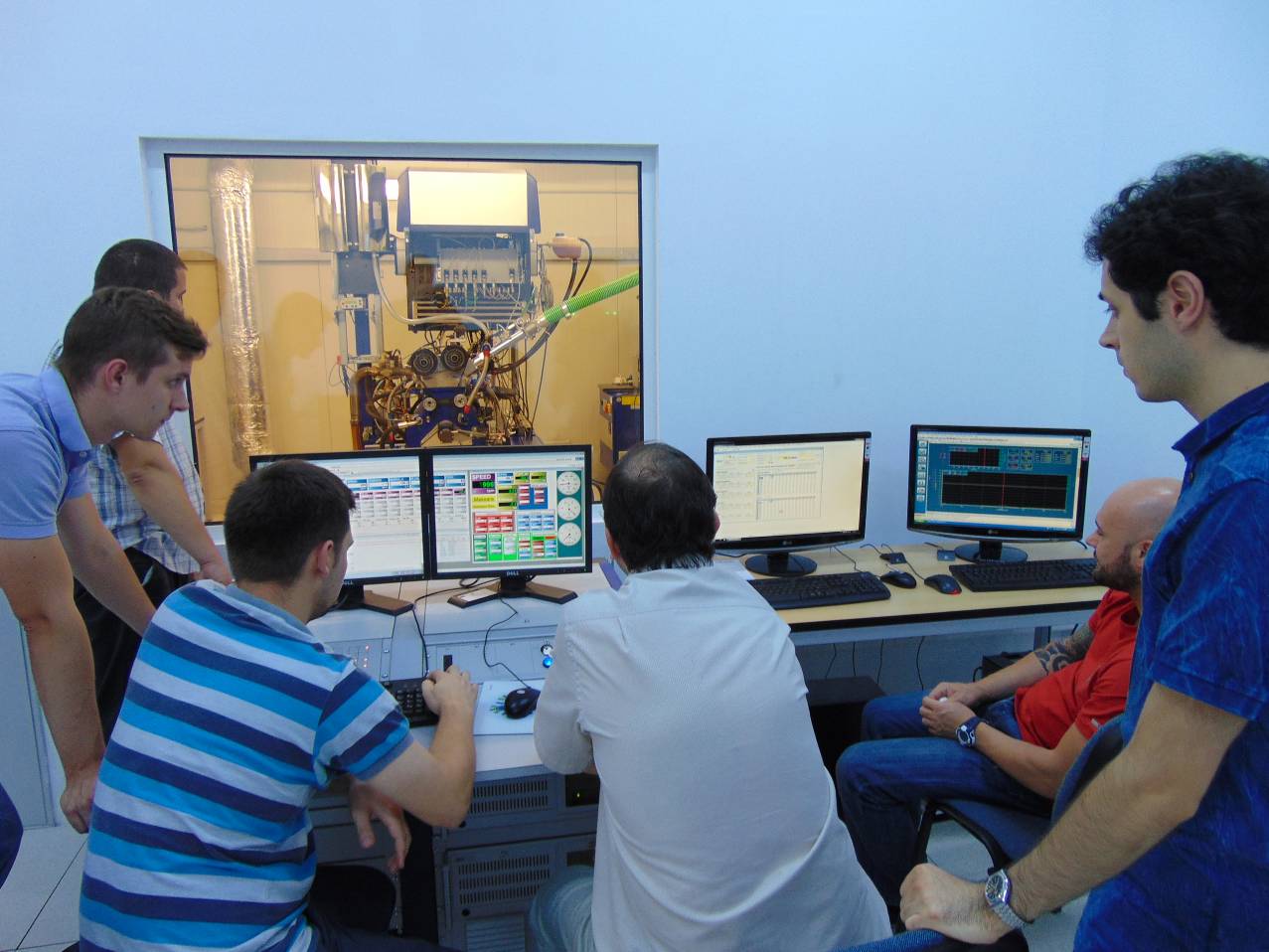
Another significant research area relates to the transmissions for vehicles. In the University's car service unit, the dynamic roller stand is used to analyze the dynamic performance of vehicles. This is a MAHA Dynamic Stand, LPS 3000 R100 / 1 for cars, racing vehicles and motorcycles.
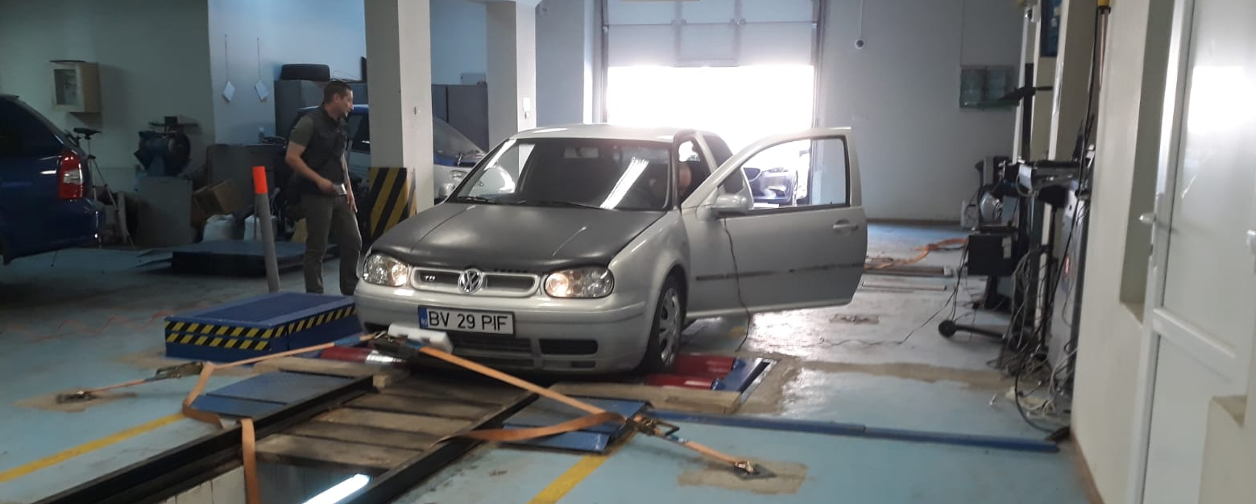

Responsible for single-cylinder engines test stand (AVL) - Lecturer Dr. Eng. Cristian Ioan LEAHU, leahu.cristian@unitbv.ro
Responsible for single-cylinder engines test stand (Horiba) - Lecturer Dr. Eng. Bogdan BENEA, b.benea@unitbv.ro
Responsible for transmissions for vehicles - Lecturer Dr. Eng. Adrian BUDALĂ, abudala@unitbv.ro
Responsible for advanced design (Automotive) - Lecturer Dr. Eng. Sebastian RADU, s.radu@unitbv.ro
Head of laboratory fuels and lubricants for motor vehicles - Assoc. Prof. Dr. Eng. Dorin DUMITRAȘCU
• Unconventional propulsion systems
The main objective of the research direction is to develop innovative products and applications in the field of motor vehicles, equipped with unconventional propulsion systems. The activity can be divided into two important areas: electric cars and cars driven by hydraulic and sonic systems.
In 2016, as a result of the collaboration among researchers, teachers and students, the electric car E-Smart was built. Interest in electric cars is steadily on the rise, which has led to the replacement of the thermal powertrain group of a car with an electric propulsion system. Following a dynamic calculation of engine performance when running at a top speed of 80 km/ h and a range of 40 to 60 km, the most suitable is a three-phase asynchronous engine with a power of 22 kW and a torque of 120 Nm at a speed 4000 rpm.
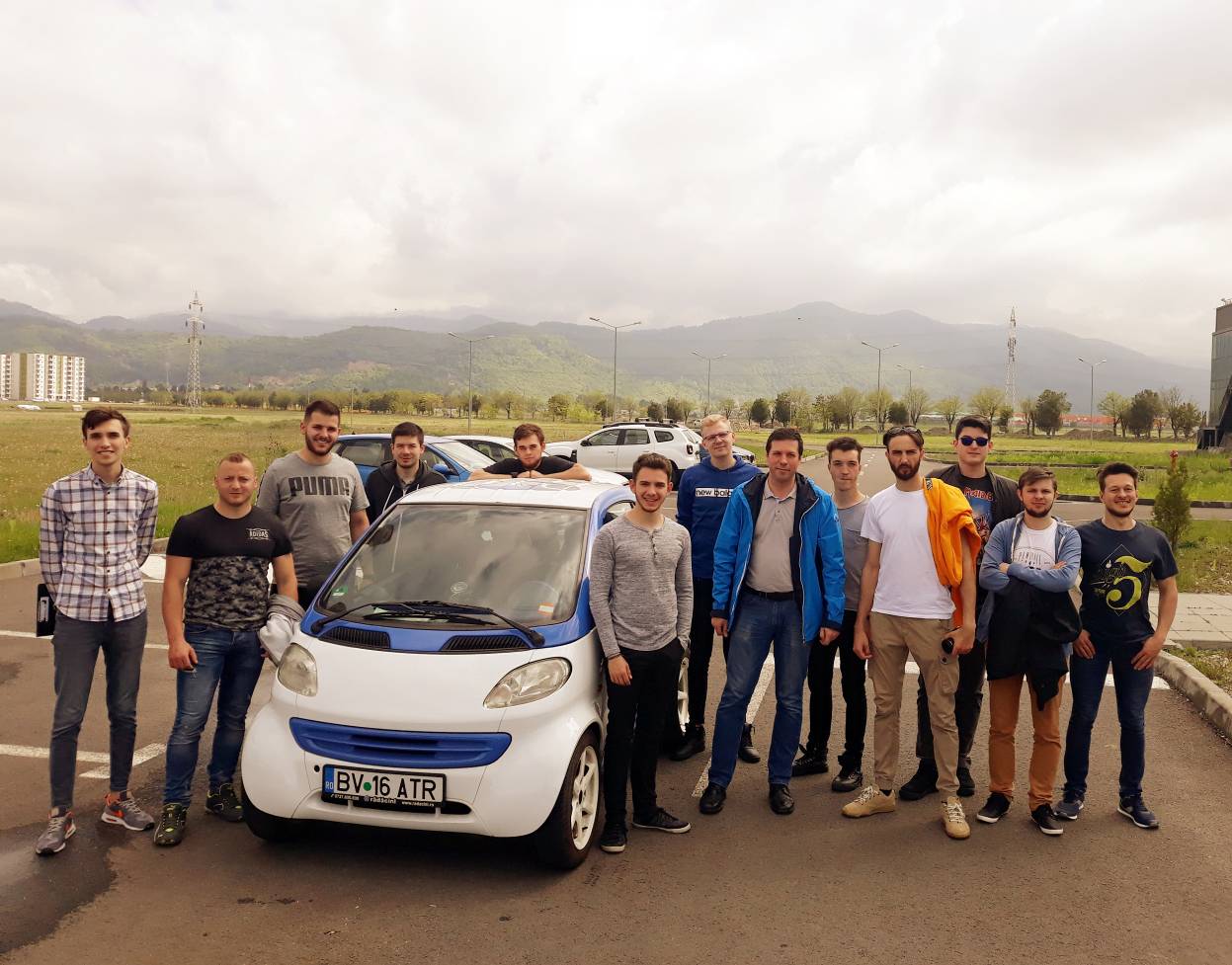
The second direction of research pertains to vehicles driven by hydraulic and sonic systems. The solution is innovative and tested on prototype cars. This has been triggered by the need to reduce energy consumption and carbon dioxide emissions of cars. The goal has been to increase the efficiency of the propulsion source and to reduce production costs. The outcome is a hybrid hydraulic system that uses the pressure waves in a fluid (the principle of sonicity).

Responsible for hybrid and electric vehicles - Assoc. Prof. Dr. Eng. Radu ȚÂRULESCU, radu.tarulescu@unitbv.ro
Responsible for the field of hybrid vehicles powered by hydraulic systems - Prof. Dr. Eng. Horia ABĂITANCEI, h.abaitancei@unitbv.ro

• Road safety, accident analysis and reconstruction
The main objective of the research area is to carry out accident tests and to optimize the methods of reconstruction of road accidents. An important impact is the training of the human resource in the field of road safety (students, master students, PhD students and researchers). Specific activities involve the reconstruction of traffic accidents; the development of active and passive safety features for motor vehicles; the manufacture of impact test dummies (vehicle - passenger vehicle and pedestrian-controlled vehicle); counseling in the field of accident reconstruction; training for road accident damage experts.

Responsible for accident reconstruction - Lecturer Dr. Eng. Daniel TRUȘCĂ, truscadan@gmail.com
Responsible for road safety - Assoc. Prof. Dr. Eng. Dragoș DIMA, d.dima@unitbv.ro
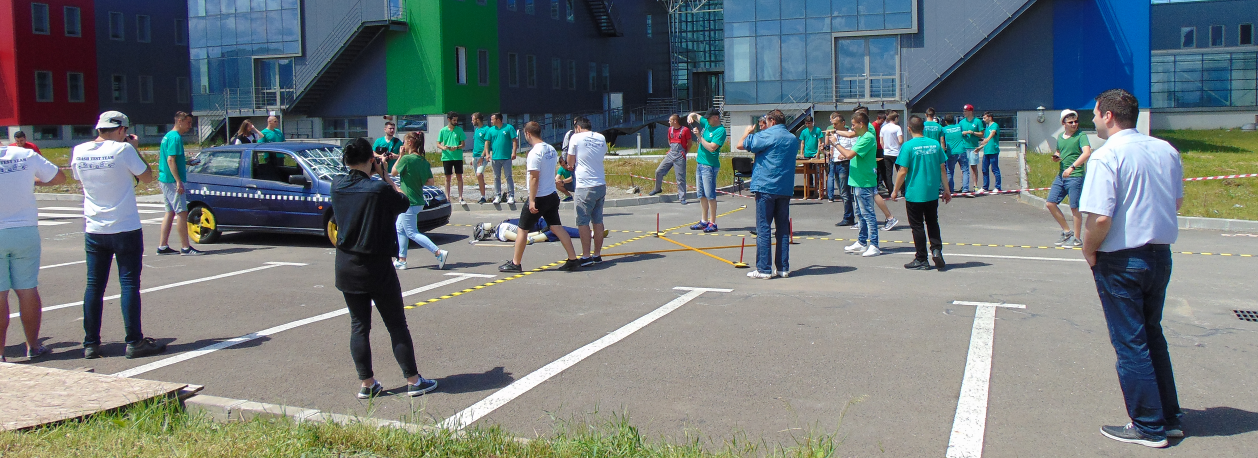
• Road Traffic Management and Sustainable Urban Mobility
The main objective of the research direction is to carry out road traffic studies and to measure the level of pollution in urban and rural areas. The main objectives of the research direction are: to carry out road traffic studies necessary for municipalities and cities with mobility problems; to create road traffic management strategies; to make up noise maps; to create sustainable urban mobility plans; to make up sustainable energy action plans; impact studies of transport activity on the level of pollution produced in urban and extra-urban areas.
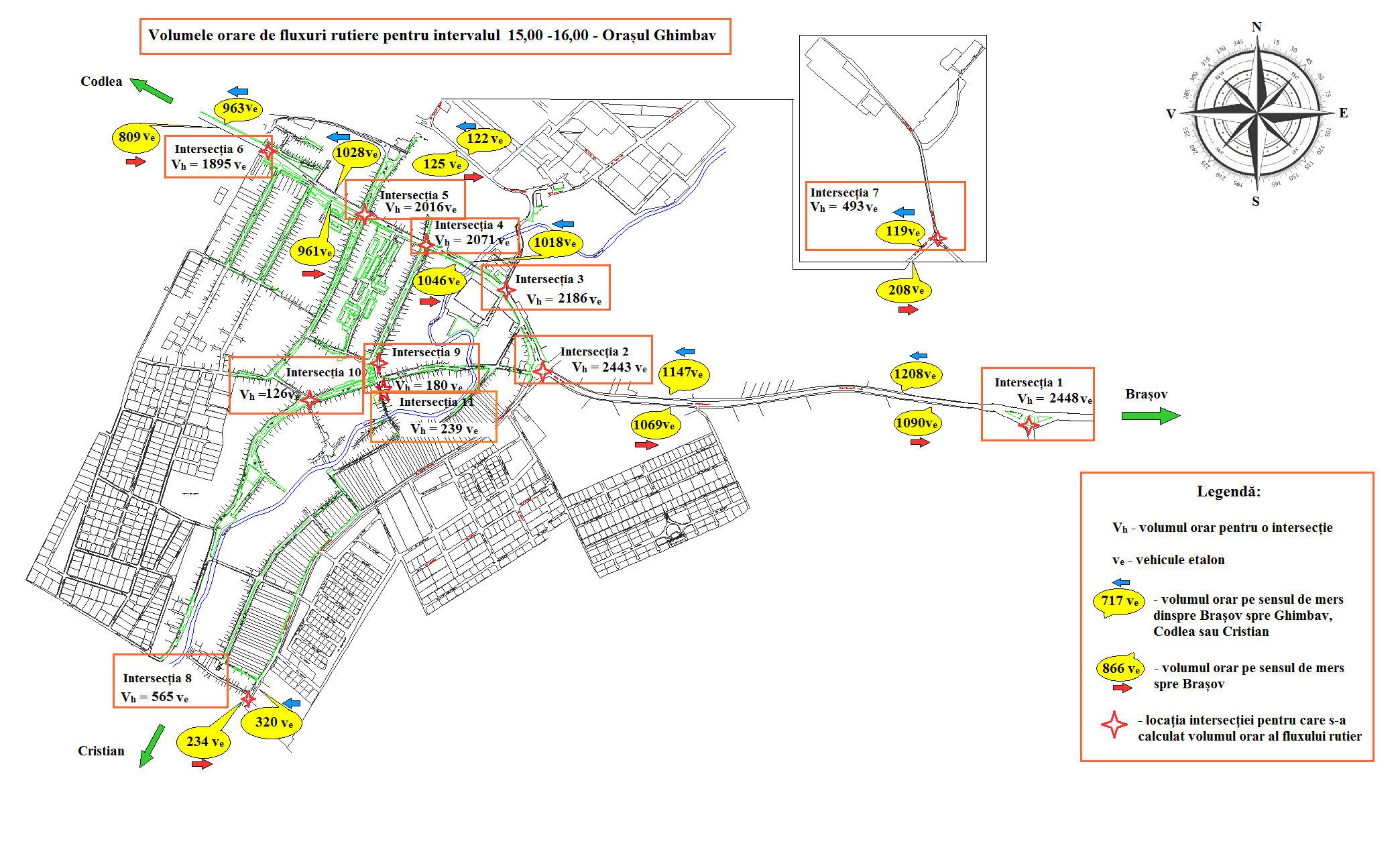
Over the years, road traffic and urban mobility studies have been carried out in cities such as Braşov, Târgu Mureş, Galați, Brăila, Călărași, Cernavodă, Ghimbav, Săcele and others.
An important objective is the participation of members of the research field as technical experts in transport, road infrastructure and access to European funds, together with City Halls, local authorities and consulting firms in the evaluation and implementation of investment projects through the Regional Operational Program.
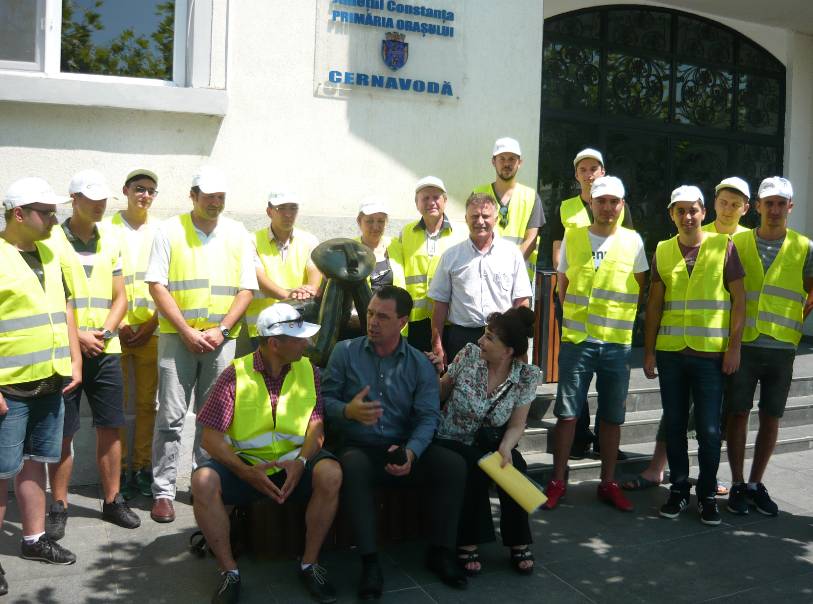
Responsible for sustainable urban mobility - Prof. Dr. Eng. Stelian ȚÂRULESCU, s.tarulescu@unitbv.ro
Road traffic responsible - Dr. Eng. Covaciu DINU, dinu.covaciu@unitbv.ro
• Design, modeling and research of vehicle systems and components
The main objective of this research area is to conduct studies on technical systems and various components of vehicles from concept, 3D modeling, simulation and testing and verification. An important direction is innovation and the development of new technical solutions applied to automotive systems.
Through the existing infrastructure within the R&D Institute of Transilvania University of Brașov, interdisciplinary projects can be coordinated through which innovative technical systems can be developed from concept to physical realization and testing.
The structure of the Laboratory for Design, Modeling and Research of Automotive Systems and Components is built so as to ensure all the necessary activities being conducted in the best conditions in terms of the research processes and the development of new technical systems. In order to ensure the highest possible quality of processes at each stage (modeling, simulation, product development, experimental research) virtual engineering interacts with the physical development and experimental research of systems.
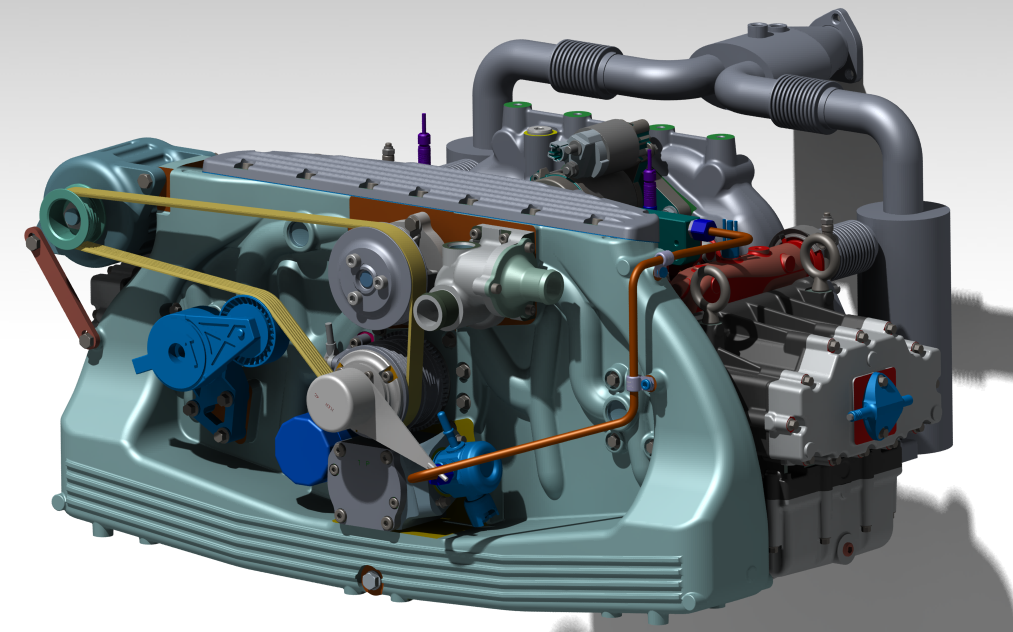
Another concern of the research team is the creation of new renewable energy solutions based on unconventional fuels (hydrogen, biogas) as a primary energy source for operating various technical systems (heat engines, heat pumps, etc.).
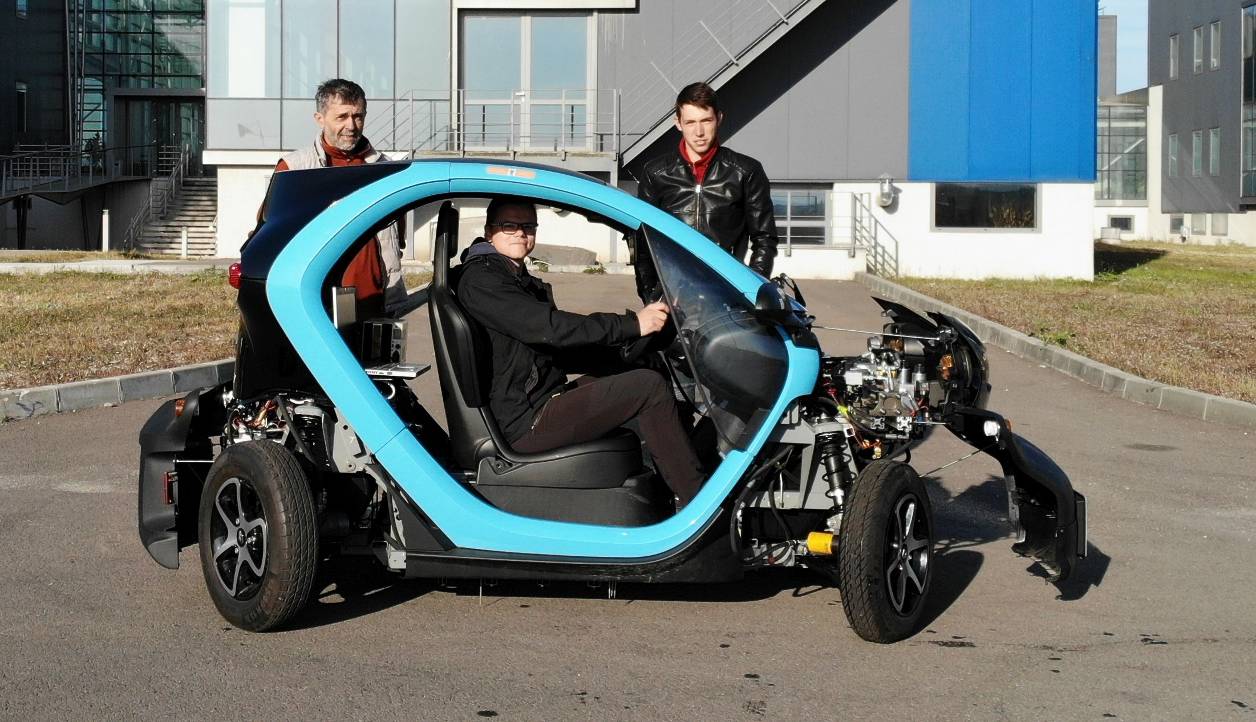
Responsible for the reserach domain - Lecturer Dr. Eng. Sebastian RADU, s.radu@unitbv.ro



